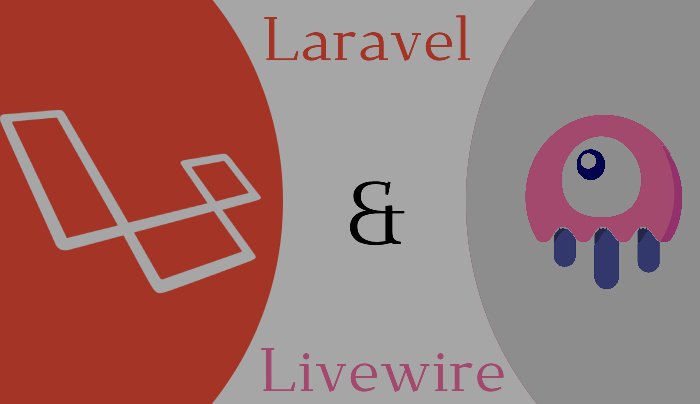UI/UX: The Power Couple of Web Design
15 Oct, 2023
Abdelrahman Etry
If you are in the field of web design, you may have heard of the terms UI and UX. These terms are usually used together, as they are related to each other and are both essential elements of web development. In this article, we will discuss what UI/UX is, why it's important, and how to improve it
What is UI and UX?
UI stands for user interface. It pertains to the design of the elements used by the user to interact with a website or application. This includes buttons, menus, forms, text fields, and other visual or interactive elements. The goal of good UI design is to make the interface visually appealing, easy to use and navigate, and responsive.
UX stands for user experience. It refers to the overall experience of the user while navigating a website or application. This includes how fast pages load, how intuitive the navigation is, whether or not there are any glitches or errors, and other factors that contribute to the user's experience. A good UX design aims to optimize the user experience, making their experience as smooth and intuitive as possible.
UI tasks and responsibilities:
- The look and feel of the product.
- The responsiveness and interactivity.
As a visual and interactive designer, the UI role is crucial to any digital interface and, for customers, a key element to trusting a brand. While the brand itself is never solely the responsibility of the UI designer, its translation to the product is. You’ll also note the final point, which states responsibility for the “implementation” of the design with a developer. While this is generally how UI jobs have worked in the past, you should be aware that the lines are blurring, as the term “web designer” (essentially a UI designer who can code) is being replaced by the expertise of user interface designers.
UX tasks and responsibilities:
- Strategy and content.
- Wireframing and prototyping.
- Execution and analytics.
UX designer role varies hugely depending on the type of company they’re working in. You see that iteration of the product, as connected to analysis or testing, is indeed mentioned twice, but in reality, you would put it in between every other item on the list. Ultimately, the aim is to connect business goals to users’ needs through a process of user and usability testing and refinement toward that which satisfies both sides of the relationship.
Key differences:
UI | UX |
Human first way of designing all the visual and interactive elements of a digital product | Human first way of designing products and services. Overall experience feels for the user |
Tasks and responsibilities : - Design buttons, icons, animations. etc...
- Choose typography and color palettes.
- Create a visual style guide.
- Create wireframes and prototypes.
- Ensure that the design is responsive.
- Collaborate with UX designers and developers.
| Tasks and responsibilities:- User Research.
- Determine information architecture.
- Create wireframes and prototypes.
- Conducts usability tests.
- Bridges the gap between the user's needs and the needs of the business.
- Collaborates with UI designers, developers and stakeholders.
|
Key skills : - Collaboration, communication and open-mindedness.
- Empathy.
- Adaptability.
- Creativity and problem solving.
- Visual branding skills (Typography, color theory, icon design, etc.).
- Wireframing and prototyping.
- Knowledge of responsive design.
- Animation and interactivity.
- Graphic design.
- Research.
| Key skills : - Collaboration, communication and open-mindedness.
- Empathy.
- Curiosity and continuous learning.
- Critical thinking and problem solving.
- Familiarity with user research and analysis techniques.
- Wireframing and prototyping.
- Understanding of information architecture.
- User and usability testing.
|
Choosing between UI and UX:
UX requires empathy, a penchant for problem-solving, and an approach that is both creative and analytical. UX designers also need first-rate communication skills and a little bit of business know-how.
UI also requires an understanding of user experience principles, but it’s much more focused on the visual, interactive aspects of design. If you’ve got a keen eye for aesthetics and like the idea of making technology beautiful, user-friendly, and accessible, you might be more suited to a career in UI.
Of course, if you like the idea of a career that combines both UI and UX, there’s nothing to stop you from becoming a design all-in-one.
Why is UI/UX important?
A good UI/UX design can make or break a website or application. Users are more likely to stay on a website or app if the UI is attractive, intuitive, and easy to use. Similarly, if a website or app has excellent UX design, users are more likely to use it again. Good UI/UX not only promotes repeat use but also helps reduce support requests and improves customer satisfaction.
How can you improve UI/UX?
Here are some tips for improving UI/UX:
- Focus on user needs: Design with your user's needs in mind. This means understanding what your users want and need and designing your interface and user flow with them in mind.
- Keep it simple: Avoid clutter and complexity. The simpler the design, the easier it is to use.
- Use color effectively: Color can be used to help guide users' attention and to give meaning to information.
- Use consistent, intuitive design: Consistency in design helps users to navigate and predict what comes next, making your design more intuitive.
- Test and improve: Continuously test and improve your UI/UX design. Use metrics like user feedback and analytics to figure out what works best and what needs improving.
Conclusion
Good UI/UX design is essential for web development. A functional and intuitive interface not only makes users happy but also keeps them coming back. By focusing on user needs, keeping it simple, using color effectively, using consistent design, and testing and improving your UI/UX, you can create a fantastic user experience that engages and delights your users.
.jpg)

.jpg)
.jpg)
.jpg)
.jpg)
.jpg)

 (1).jpg)
.jpg)